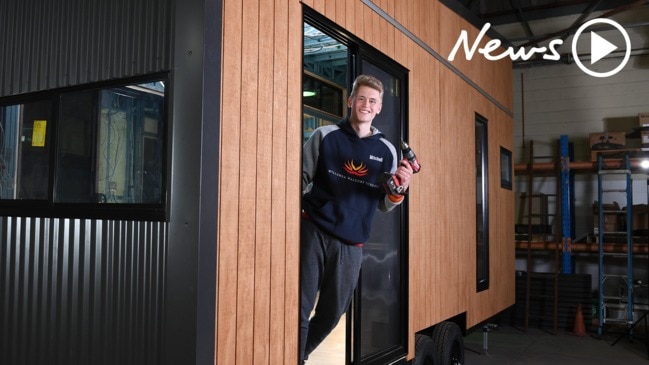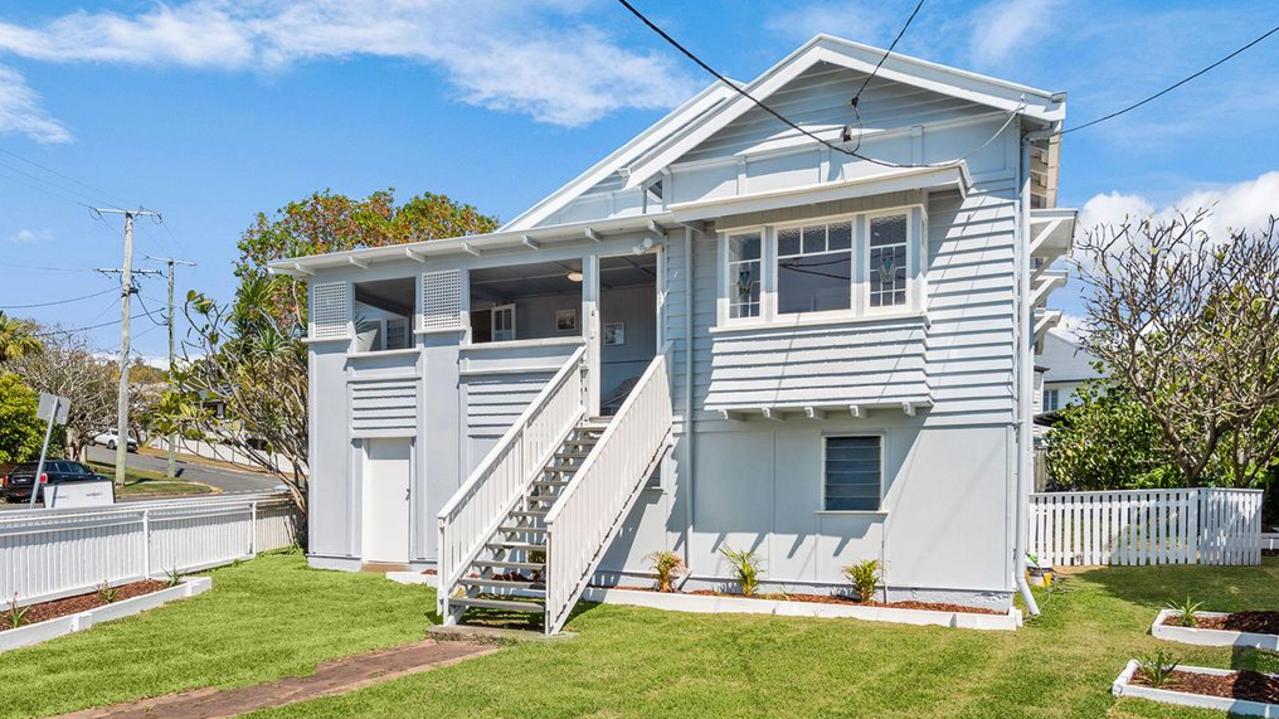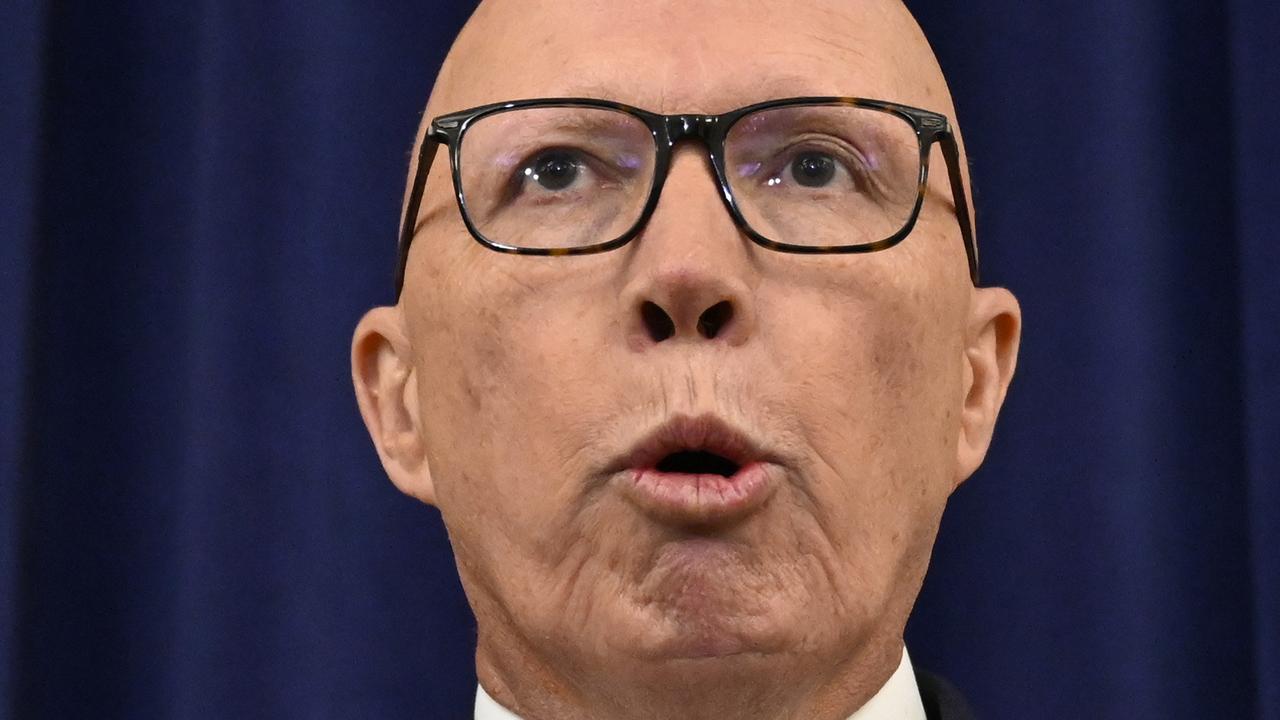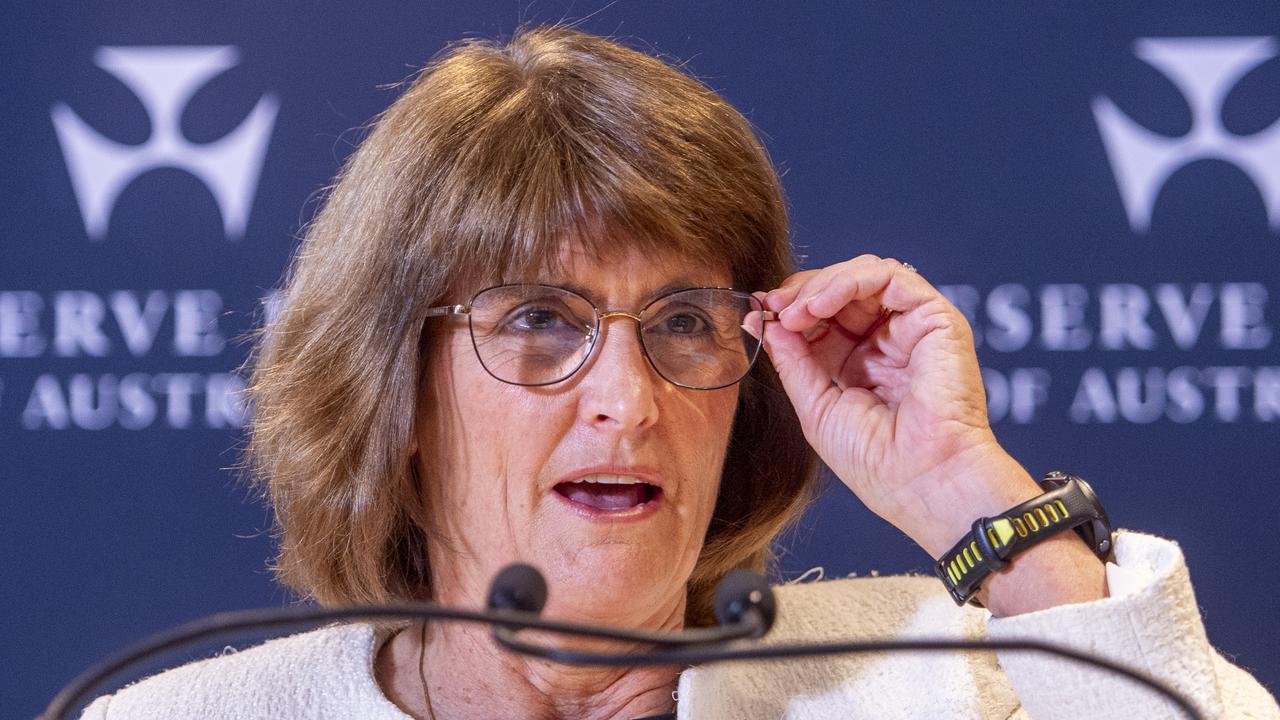Melbourne and Sydney house prices fall but other cities begin recovery
Buying sentiment is beginning to return but a leading economist has issued a warning, saying looking into the good news is “dangerous”.

Property markets across Australia are beginning to show signs of positive growth but the Melbourne and Sydney hubs continue to drag on the national index amid the coronavirus downturn.
Outside of these two major centres, all other capital cities recorded a rise in value, according to CoreLogic data, which said: “September marked a striking turn in housing market sentiment.”
The leading property research group said the virus crisis was showing signs of dissipating for the sector as consumer confidence increases and new listings rise.
Darwin recorded the strongest jump last month, surging 1.6 per cent, followed by a 0.8 per cent lift in Adelaide.
Brisbane, Perth, Hobart, and Canberra all rose between 0.2 and 0.5 per cent but the national index fell 0.1 per cent in September, weighed down by the two biggest markets.
Sydney values dipped 0.3 per cent in September. But unsurprisingly, Melbourne fared worst of the capital cities.
“By far the weakest result across the capital cities, Melbourne housing values were down 0.9 per cent,” CoreLogic head of research Tim Lawless said.
RELATED: JobKeeper crackdown busts thousands

RELATED: Where you can get a fruit picking job
“Since peaking in March, Melbourne values are down 5.5 per cent. With restrictions starting to lift and private home inspections once again permitted, we expect to see activity lift in October.”
Outlook for the property sector could face headwinds as the wage subsidy and welfare schemes are reduced, labour markets remain weak and the mortgage holiday period comes to an end.
But Mr Lawless is hopeful this bad news is outweighed by the good.
“The aggregate effect of low mortgage rates, and the prospect that rates could fall further, low inventory levels, government incentives and improving consumer sentiment seems to be outweighing the negative economic shock brought about by the pandemic,” he said.
AMP Capital chief economist Shane Oliver warned against celebrating too soon, though.
“Reading too much into property market indicators at present is dangerous because the market is still very artificial being supported by various support measures,” he said.
“Prices have held up much better than feared back in March, but that’s mainly because JobKeeper, the increase in JobSeeker, the bank payment holiday and other support measures protecting heavily indebted households and property investors have headed off distressed sales.”
October marks the beginning of the warmer months, which is typically the busiest time of year for buying and selling.
“Sydney will likely perk up a bit further providing coronavirus remains under control and buyer interest remains reasonable outside of inner city areas,” Dr Oliver said.
“Melbourne should see a strong bounce in activity as pent-up supply and demand has been unleashed by the return of property inspections, but the further blow to its economy and hence businesses and jobs from the stage 4 lockdown may mean that this occurs with ongoing significant price falls.”
He warned the outlook into next year is “very messy”, and is widely depending on which city and even suburb you live in as well as apartment markets versus houses.
“On balance we continue to see average capital city prices falling further into mid next year but have revised down our top to bottom forecast for price falls from a 10-15 per cent decline to a 5 to 10 per cent decline,” Dr Oliver said.
“With prices having already fallen by around 3 per cent this leaves only another 5 per cent or so to go.”




